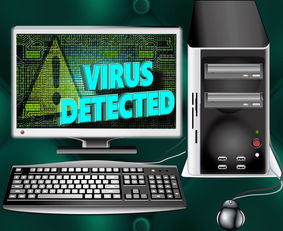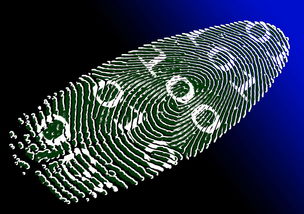In the contemporary era, the role of technology in agriculture has become increasingly pivotal. As the global population continues to grow, the demand for food production has also escalated, necessitating innovative solutions to enhance agricultural productivity. This essay aims to explore the various facets of agricultural technology, its impact on modern farming practices, and its potential to address future challenges in food security.

Precision Agriculture
Precision agriculture, also known as precision farming, is an approach that utilizes information technology to optimize agricultural practices. It involves the use of GPS technology, remote sensing, and various software tools to manage crop production more efficiently. By collecting and analyzing data on soil conditions, weather patterns, and crop health, farmers can make informed decisions about planting, fertilizing, and harvesting. This targeted approach not only increases yield but also reduces waste and environmental impact.
Biotechnology
Biotechnology has revolutionized agriculture by enabling the development of genetically modified (GM) crops. These crops are engineered to resist pests, diseases, and adverse weather conditions, which can significantly improve crop resilience and yield. Additionally, biotechnology allows for the development of crops with enhanced nutritional content, addressing issues of malnutrition in certain regions. However, the adoption of GM crops has been met with controversy due to concerns about their long-term effects on health and the environment.
Automation and Robotics
The integration of automation and robotics in agriculture has led to significant advancements in farming efficiency. Autonomous tractors, drones for crop monitoring, and robotic harvesters are examples of how technology is streamlining agricultural processes. These machines can work around the clock, reducing labor costs and increasing productivity. Moreover, they can perform tasks with a precision that is difficult for humans to achieve, leading to more consistent crop quality.
Internet of Things (IoT)
The IoT has opened up new possibilities for real-time monitoring and management of agricultural operations. Sensors placed in the field can collect data on soil moisture, temperature, and nutrient levels, which can be transmitted to a central system for analysis. This allows farmers to monitor their crops remotely and make adjustments as needed, ensuring optimal growing conditions. IoT also facilitates better supply chain management by tracking the movement of produce from farm to market.
Vertical Farming
As urbanization continues to expand, vertical farming offers a solution for growing food in limited spaces. This method involves stacking plants vertically in controlled environments, often using hydroponic or aeroponic systems. Vertical farms can be located in urban areas, reducing the need for long-distance transportation of produce and the associated carbon emissions. They also allow for year-round production, regardless of external weather conditions.
Climate-Smart Agriculture
Climate change poses a significant threat to global food security. Climate-smart agriculture technologies aim to mitigate these risks by adapting farming practices to changing environmental conditions. This includes the use of drought-resistant crop varieties, water-saving irrigation systems, and practices that increase soil carbon sequestration. By integrating these technologies, farmers can build resilience against climate variability and continue to produce food sustainably.
Challenges and Ethical Considerations
While the benefits of agricultural technology are clear, there are also challenges and ethical considerations that must be addressed. Access to technology can be a barrier for small-scale farmers in developing countries, potentially exacerbating inequalities in agricultural productivity. Additionally, the environmental impact of some technologies, such as the use of synthetic fertilizers and pesticides, must be carefully managed to avoid negative consequences.
Conclusion
In conclusion, technology plays a crucial role in modern agriculture, enabling more efficient and sustainable food production. From precision agriculture to vertical farming, the integration of technology has the potential to address the growing demands of the global population while minimizing environmental impact. However, it is essential to navigate the challenges and ethical considerations associated with these advancements to ensure that the benefits are equitably distributed and that the long-term sustainability of our food systems is preserved. As we look to the future, the continued development and responsible adoption of agricultural technology will be vital in securing food security for all.









